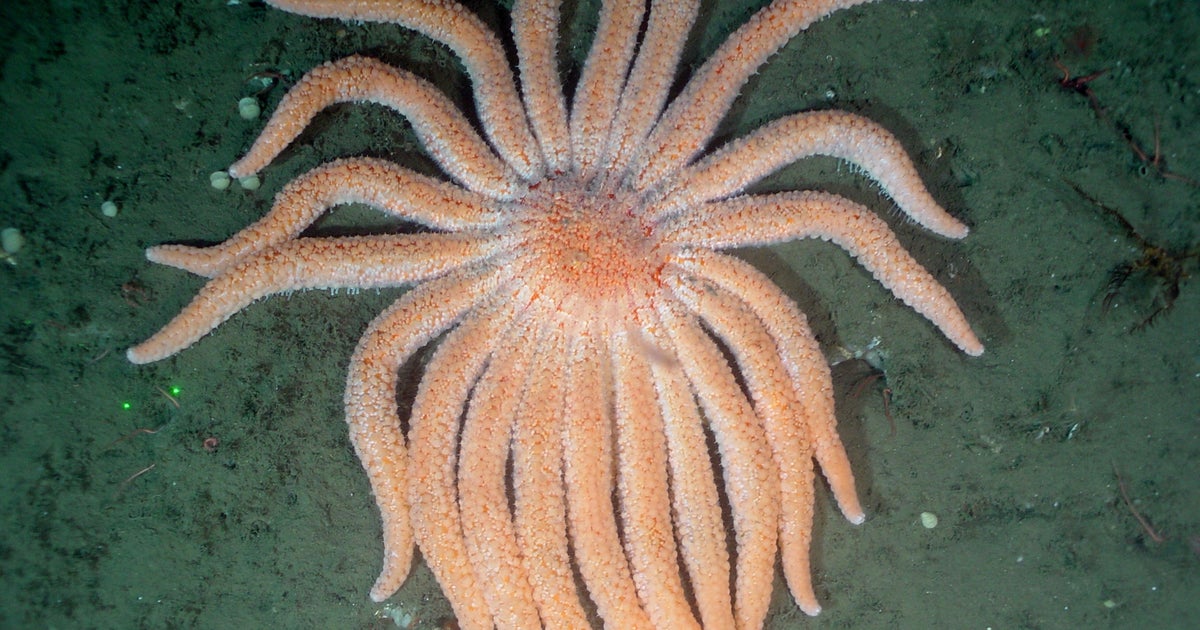
Miami’s Freedom Tower turns 100 as more Cubans are being deported than ever before
When Miami announced last month that it was going to assist federal authorities in arrests of individuals over their immigration status, an unusual number of people showed up at City Hall to protest what they called a “betrayal.” If the “city of immigrants” was going to pass that kind of law, it was time to retire the roosters and domino tables from Calle Ocho, and melt down the monuments to Cuban patriots, said one resident who summed up their collective frustration. If you’re going to do that, they said, “tear down the Freedom Tower.”
The Freedom Tower turns 100 this month amid a multi-million-dollar renovation that seeks to guarantee its historic legacy. The structure’s architecture was inspired by the famous Torre de la Giralda bell tower in the southern Spanish city of Seville, briefly served as Miami’s tallest building in 1925, and was home to the first local newspaper. It has been progressively obscured by new skyscrapers that seem to pop up on a daily basis in downtown Miami, but what makes the tower an icon is that it was where the first Cuban immigrants arrived during the 1960s, those who would lay the groundwork for what would become the region’s most important metropolis, a community of exiles who have become a touchstone in the United States due to their cultural, political and historic relevance.
“The tower represents the pride of a community that had to come to another country, left their family and started from scratch, with nothing but the clothes on their backs,” said award-winning music producer Emilio Estefan, who along with his wife Gloria was honored with the Presidential Medal of Freedom, the country’s highest honor awarded to a civilian. “I am proud of Cuban exile, and the tower is a tribute to it,” said Estefan, who emigrated as a child and co-chairs the tower’s centennial advisory committee.













